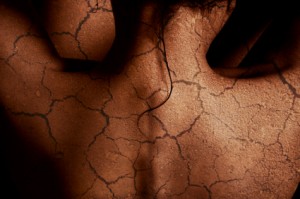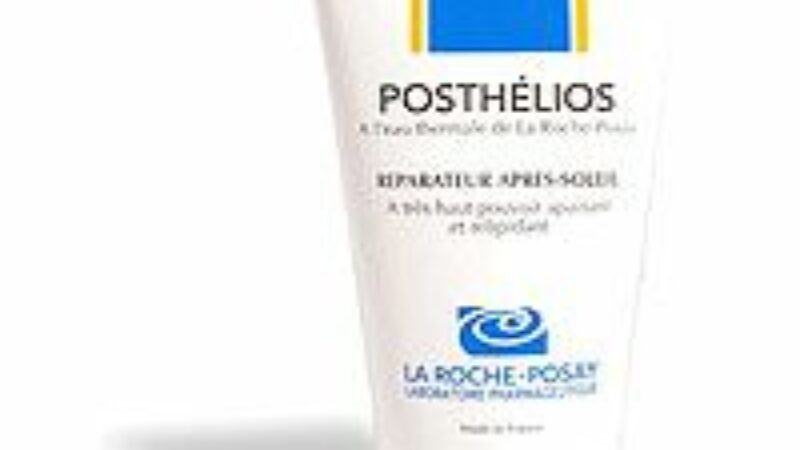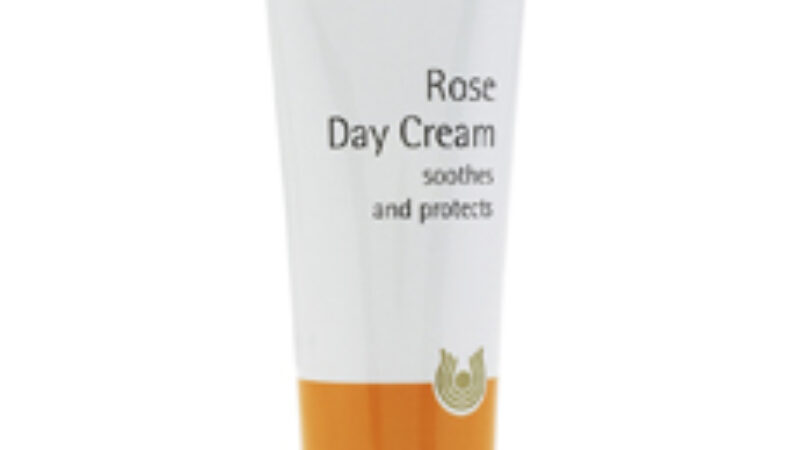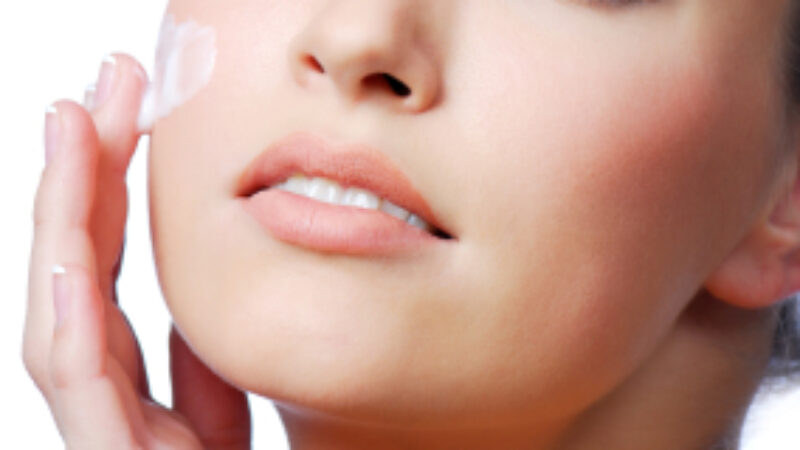Atopic dermatitis is one of the most common forms of eczema, affecting between 10 and 20 percent of people worldwide. It is characterized by an itchy rash that comes and goes.
The cause of atopic dermatitis is unknown and the condition appears to involve an abnormal response of the body’s immune system to irritating substances. This results in an inflammatory response that causes itching and scratching. Although not contagious, it cannot be cured. The condition can be managed with treatment and avoidance of substances that trigger the condition.
Minimizing Flare-ups
Most individuals with atopic dermatitis tend to suffer from dry skin so many of the same strategies used for managing dry skin should be applied in the management of atopic dermatitis. These include:
- Taking short, warm (not hot) baths using mild, non-irritating soaps only when needed
- Identify and try to avoid possible triggers. Anything that irritates the skin, whether laundry detergent, soap, smoke or rough textured clothing, may be a potential trigger. They vary amongst individuals so it’s important to pay attention to learn what to avoid.
- Moisturizing. Moisturizers should be applied within 3 minutes of bathing as they work by helping to trap moisture in the skin, preventing its evaporation. Reapply as often as is needed throughout the day. Consider the use of barrier repair moisturizers such as Impruv Cream. Barrier repair moisturizers are a new type of moisturizer that not only stop moisture loss but also help to rebuild the skin. They often contain often contain ceramide, a lipid that naturally occurs in the outer layer of skin and helps the skin form a protective barrier.
Moisturizers may also contain urea, which is part of the skin’s natural moisturizing factor (NMF). Urea works both as an exfoliant and as a humectant (an agent that attracts moisture). It may be found in La Roche Posay Iso-Urea. Topical exfoliants such as glycolic acid and lactic acid can also be incorporated to help eliminate dry, dead skin cells from the skin’s surface and increase the absorption of barrier repair moisturizers. Consider products such as Lac-Hydrin.





Atopic dermatitis most of the time occurs with some other atopic diseases, or ailments whose exact infected locations are not really traceable. Some of these diseases include asthma, hay fever and conjunctivitis. This skin disease is most of the time chronic and symptoms and manifestations can further develop, continue to exist or disappear over some time.